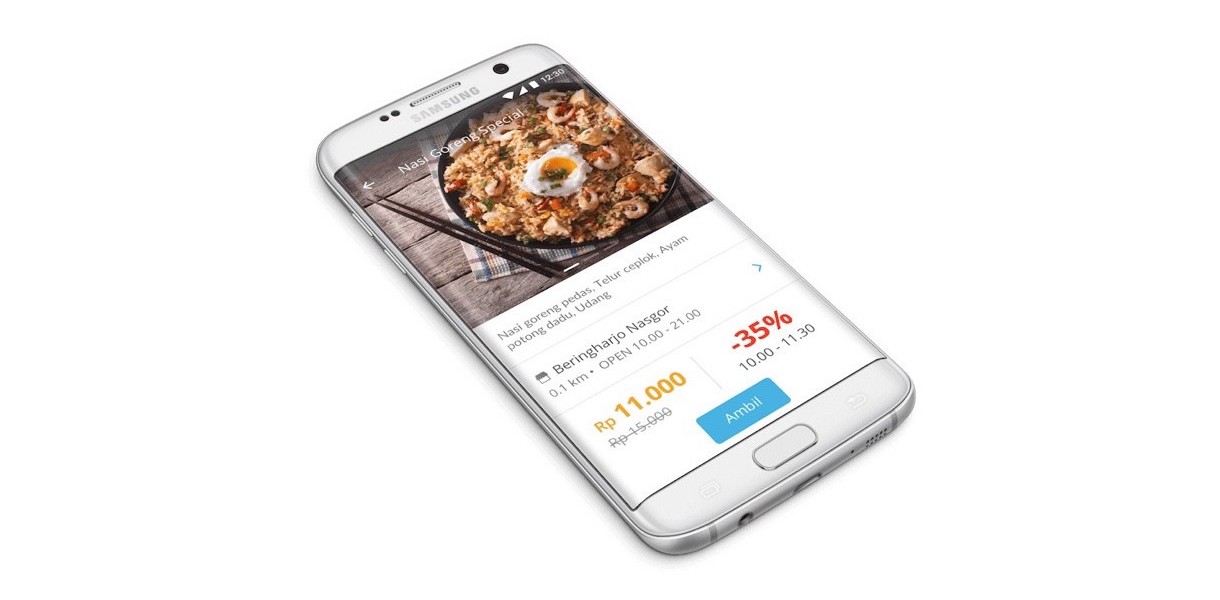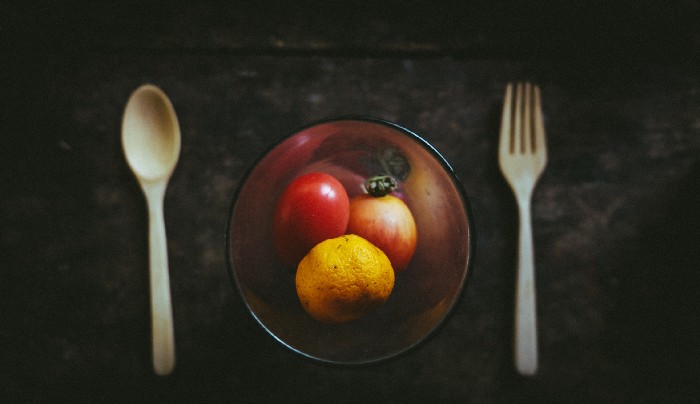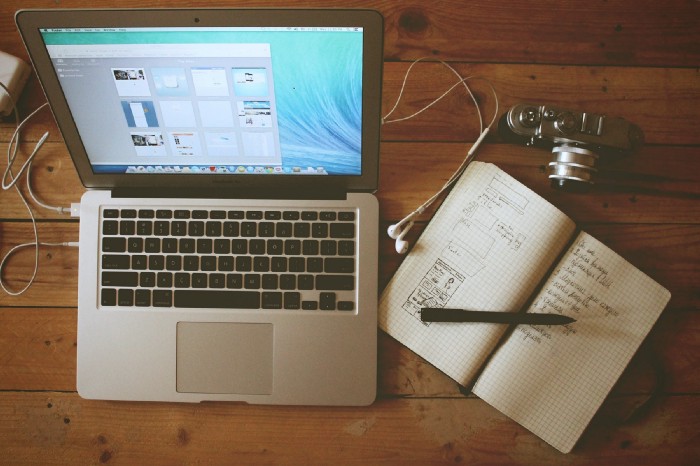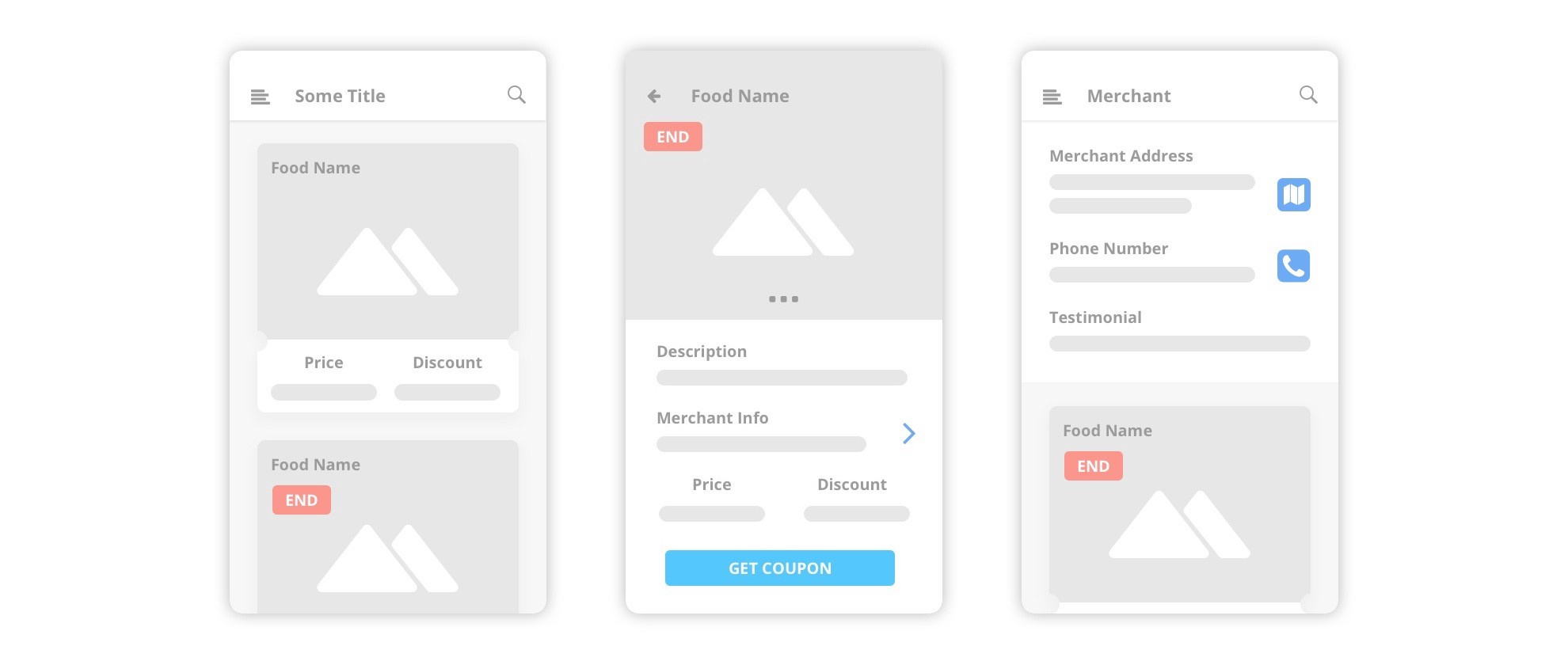Case Study : Last-minute Dining Deals App
Sweep.id Mobile App
by Bregga Tedy
Aug 2, 2017 • 6 min read

We found that 20% in average of served foods in restaurant and bakery were not sold till the end of the day. And 10% of it were still edible to be consumed for the next day, while the other 10% were thrown to the rubbish due to surpassing best — before date.
Have you ever imagine how much food wastage they can produce everyday?
Enormous
Approximately 3.56 million tonnes of foods are wasted, every single day, worldwide. For those reasons, we are here trying to help restaurants and food businesses to sell their unsold food with discounted price in the last-minute hours.
THE CHALLENGE
Our first task was to identify the main cause of why restaurant and supermarket owners throwing away unsold yet feasible foods from their inventory. Straight away, we went to meet 11 respondents who works as restaurant owner and supermarket supervisor.
Most of them didn’t know what to do but to throw it away.

Meals on the table illustration
So we concluded that unsold foods from restaurants and supermarkets are potentially become food wastage, because of unfulfilled daily sales target. And more importantly, they didn’t know yet how to promote their product effectively. Based on that, we tried to find an effective solution for this problem.
This is not just a small-scope issue, people around the globe are facing the same problem. Supermarkets and restaurants are throwing away or destroying unsold food that just approaching its best-before date, meanwhile millions of people are still struggling to afford to eat nutritious food.
MY ROLE
My specific task as a user experience researcher in Sweep was to conduct users interview and delve as much as possible into their problem. And then I made analysis based on the interview to figure out what was the best solution I could offer.

Sketch some ideas
Designing interface was also part of my responsibility, ranging from mobile app to web app design. Together with my team, not only created a wireframe and prototype of the product but also conducted user research and usability testing.
Our app customers target are food & beverage merchants that already using marketing program to sell their product. We choose them because they’re already understand importance of using marketing in business. So that, it would be easy for us to explain our app to them.
Meanwhile our app users target are middle-class youngsters who lived in Yogyakarta, 16–30 years of age, traveling as a hobby, and eager to attempt new things. We realized, people on that age love taking selfies in the cafe and restaurant. Moreover, by giving them special offer or promo, will enhance their desire to visit the restaurant more often.
Based on the questionnaire, user testing, and feedbacks we could gather, it showed that users were really interested on last-minute deal concept.
HOW IT WORKS
Sweep brings concept as a last-minute dining deal app
If merchants want to promote their deals on Sweep, they need to give a minimum 30% off of their product.
By giving 30% off is better than the product remain unsold at all. This is a win-win solution for both parties, customers are excited with the discount, restaurant owners also are happy because their daily sales are fulfilled.
Sweeps’ promo is only valid in specific hours, and will be expired if it surpassed its time limit. Merchants are free to promote their product on Sweep as long as they meet our requirement. To redeem the discount, users need to show sweep’s promo on their smartphone to the cashier in our restaurant partner.

Low-Fidelity Design to present how the product works. Rapid Prototyping is helping us turn ideas into rough testing product quickly.
DESIGN & PROTOTYPING
We spent days discussing on what features should be added into the Sweep MVP (Minimal Viable Product). This was not an easy job because all the decisions we made back then were based on our own assumption and opinion, we need to re-validate our hypothesis by conducting usability testing to make sure if user really need those features.
Mostly, youngsters are using Android phone, there are 94% of Indonesian using Android right now, that’s why we design our app for Android.

Sweep’s Splash Screen and Home Screens UI
Sweep’s Home Screen, as you can see above.
Firstly, user will be directed to the promo deals that exist on that day.
Each deal will be expired at midnight. Sweep give merchant an independency to control their own promotion in our system everyday.


Another Sweep Screens UI
When users choose the promo card, they will be directed to the menu list.
When users decide to pick the deal they can simply tap “Ambil” button then they will directed to another page which is a “Passcode” page.
To activate the discount, show your phone to the cashier and let her fill the blank with an associated number we already provided for every deal specific for each merchant.
Passcode is one of our system for creating a better supply management for merchants, so they can easily track their sales on that day.
Merchants are able to analyze user interest about particular dining deals, like probably user prefer 45% off than 30% off, or maybe your costumer prefer donut deals than waffle deals, and many more.

Sweep also connects between costumers and merchant’s page so that costumers are able to access informations about restaurant, menu, price, and deals.
USABILITY TESTING
We conducted a usability testing based on the ISO 9241–210 : Human-Centered Design. So we invited six people that match our user persona to begin the interview.
#DO
- The interview session held by two person. One as an interviewer and the other as a recorder
- Create a success matrix for every task we give user to be completed
- Make sure that user understand that what we wanted was to test the app not the user, so that users would feel relax and not feel burdened
- Tell the story behind the app
- Give a clear direction about particular task user need to be done
- Record the time user spent while accessing every page of the app using stopwatch. Give a clear mark, eg: A for well-done, B for not-so good, C for bad.
- Then ask the user which tasks were too hard to be completed, which part should be improved? which part were unclear? And many more, just keep asking for feedback.
#DON'T
- Don’t interview your friends or relatives, it could be biases
- Don’t give users any clues if they didn’t know what to do next, it was not their fault, maybe we need to improve the app.
- Don’t straightly ask “Do you want to use this app?” Use other method if users want to use the app or not.
DEVELOPMENT & ALPHA RELEASE
After usability testing session has been done, it’s turn for the development team to work on the coding. Before it releases on the public, we’ll invite certain communities to try our app and ask for their feedback. Many bugs will be found on this phase we called an Alpha Release. And all we need is to re-iterate more and more.